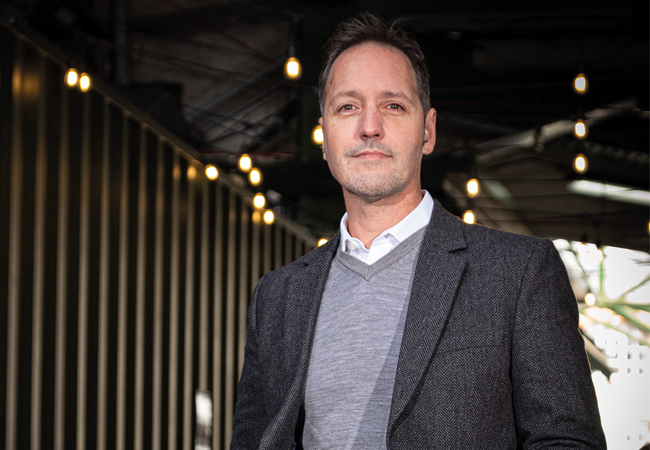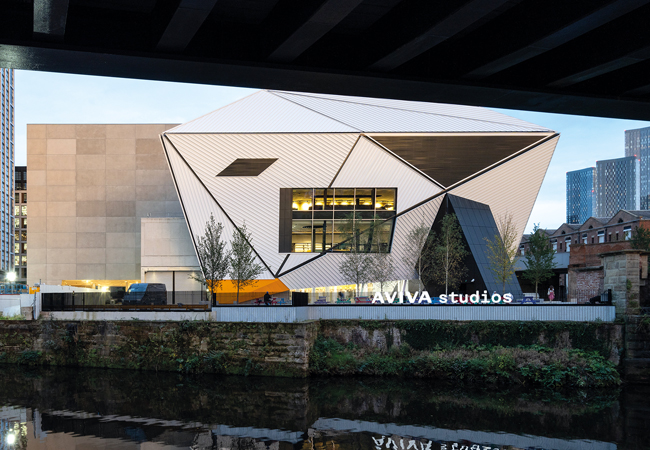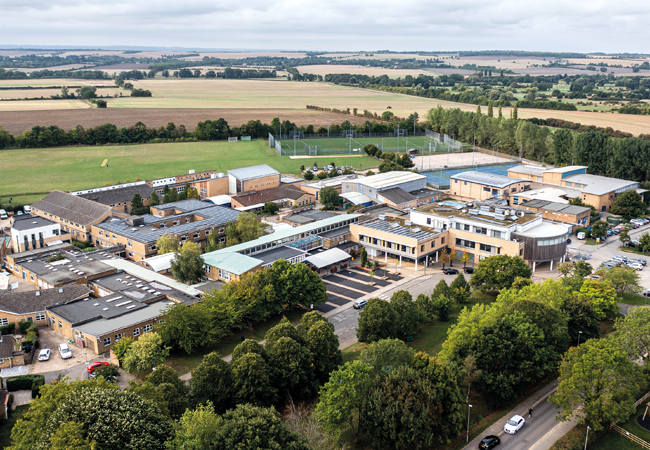
Gareth Jones is the founder of FairHeat, which is the technical author of the Heat Networks Technical Assurance Scheme
The Energy Act 2023 and the government’s Future Homes and Buildings Standards (FHBS) are paving the way for a significant acceleration in the rollout of heat networks in the UK and the improvement of the approximately 14,000 heat networks already in existence.
Currently, only 2% of the UK’s heat is distributed by heat networks, but this figure will need to rise to 18% by 2050 to meet net zero targets, according to the Climate Change Committee.
New homes and non-domestic buildings will be able to meet the FHBS, due in 2025, by connecting to existing and new heat networks that are adding new low carbon technologies or making use of existing, unused, low carbon heat.
The Energy Act 2023 will introduce minimum standards for new and existing networks, and create heat network zones that will mandate the connection of certain buildings to heat networks. This will also come into force from 2025. Ofgem has been appointed as the heat networks regulator to licence developers and provide consumer protection.
A key component of this new regulatory framework will be the introduction of a technical assurance standard and process, to ensure minimal levels of performance and reliability in heat networks. Gareth Jones, managing director and founder of heat network consultant FairHeat, is working with the government to develop the Heat Networks Technical Assurance Scheme (HNTAS). As technical author appointed by the Department for Net Zero and Energy Security, FairHeat has spent the past year working with industry specialists on the technical specifications that will underpin the scheme.
Jones says six elements of a heat network have to be specified correctly for performance to be optimised: the energy centre; district distribution pipework; communal distribution pipework within the building; substations; consumer connections (heat interface units –HIUs); and consumer heat systems
The assurance scheme, which closely references CIBSE/ADE CP1 Heat Networks Code of Practice (2020), will validate designs and verify delivery to ensure the project is on track to meet the network’s intended performance. After completion, a third-party assessor will verify the design has met minimum performance standards in operation.
‘This is not about a big stick, but about putting in place a support process for developers and housing associations that gives confidence that the designer is doing what they should be doing,’ says Jones.
Urban areas have a huge resource of free heat, but the regulatory landscape provides no incentive to connect. That will change with heat zones – Gareth Jones
The assurance process follows closely the safety-regime principles for higher-risk buildings introduced by the Building Safety Act 2022, with similar stage gates and dutyholders who are responsible for the design at different stages. Jones believes the HNTAS process will encourage more collaboration and openness around design decisions.
‘We need to have documented decision-making, and move away from an uncontrolled value engineering approach. It’s right to make decisions on value, but you need to make them through a risk framework and evaluate their lifetime impact,’ says Jones, who believes a more open-book approach will be necessary, where risks are acknowledged and shared.
There is a cost benefit of quality assurance, he adds, because poorly designed systems cost more than well-designed networks. ‘Capital expenditure and operation costs will be lower because there will be less oversizing, complexity and equipment, which means fewer failures and less reactive maintenance,’ Jones says. (For more on HNTAS, see ‘Assuring the technical performance of heat networks’, CIBSE Journal, April 2023.)
Heat network zoning
Perhaps the most radical element of the Energy Act is the enforcement of heat network ‘zoning’. The act empowers ‘zone coordinators’, most probably local authorities, to identify areas suitable for heat networks. Once a zone is designated, certain types of building will be mandated to connect. These are likely to be new buildings, existing large public sector and non-domestic buildings, and domestic buildings already with communal heating. Jones says there is also a good case for connecting period residential properties (see panel, ‘Heat networks: coming to a street near you?’).
‘Zoning has the potential to be really powerful,’ he says. ‘Urban areas have a huge resource of free heat from sources such as data centres, but the regulatory landscape provides no incentive to connect. That will change with heat zones.’
In a sign of things to come, the Old Oak and Park Royal Development Corporation announced in October that it was to connect five data centres to the Old Oak West heat network in West London. The network could deliver 95GWh of heat by 2040.
When a heat network zone is established, notifications from the coordinator will be sent to buildings to connect, which may require improvements to buildings. The FHBS consultation states that, as a minimum, the heat required by additional new homes and non-domestic buildings connected to an existing heat network should match the new or unused existing low carbon heat generation capacity of the network.
However, there will be an ‘option for the building to connect at a higher temperature initially and drop it over time, when upgrades to the building are scheduled’, says Jones. More details on zones will be announced soon and will be informed by a Heat Networks Zoning Pilot in 28 cities, organised by the Department for Energy Security and Net Zero and BEIS. Existing heat networks powered by gas-fired combined heat and power will not be expected to switch to heat pumps as soon as the rules come into force, but heat network extensions will have to be low carbon.
Heat networks: coming to a street near you?
Britain’s ageing period terrace housing would benefit from connections to heat networks, says Gareth Jones.
‘Heat pumps are often not suitable for Victorian homes, as many are converted into flats, leaving too little space for hot water cylinders and external units. They already have wet systems and installing HIUs is straightforward. In the UK we are very good at digging up roads and pavements, and bringing in services,’ he says.
One big benefit is that less work would need to be done improving the fabric of the building than if a heat pump was installed. ‘You can run a heat network at much higher temperatures than you can an individual air source heat pump, so the costs associated with improving energy efficiency can be pushed into the future. When work to improve the fabric has been carried out, heat network temperatures can drop,’ says Jones.
Jones says existing tower blocks can connect to heat networks by replacing individual gas boilers with communal heating, and a recent retrofit by FairHeat – replacing a communal heating system at Waverley Court, in Crewe, for The Guinness Partnership – was proof of concept. It involved dropping new heating pipes through risers, and installing new HIUs and emitters in the homes. A more efficient gas boiler was installed in the energy centre and, with flow and return temperatures reducing to 55°C/40°C, the communal system is now heat pump-ready.
The 14,000 existing heat networks will have a year to register from 2024 and will be deemed to be compliant on day one, says Jones. ‘There will be a period of time for people to demonstrate they have metering and monitoring, and we want to be sure that the very worst performing networks are caught quickly and improved quickly,’ he adds.
‘We don’t want to be overly burdensome. Consumers want to see improvements tomorrow, but industry says there are practical difficulties in making these changes from a technical and cost point of view. You also have to consider procurement cycles and budgets.’
The availability of skills should also be taken into account. ‘We need to consider who is going to do all the work,’ says Jones. ‘We don’t want boom and bust. If you make the timeframe too short, people will compete for the same resources and costs will go up. We need to build an industry around this.’
There will be teething problems, but Jones says he has seen how a collaborative approach can deliver better outcomes when he bumped into a contractor at an awards ceremony who had just won a prize for improving a heat network. ‘He turned around and embraced me. He told me his team was really happy and engaged as they could now see the positive impact of their work,’ said Jones.
- The government has published optimisation guides and videos to help operators improve existing heat networks: bit.ly/CJHNopt23




